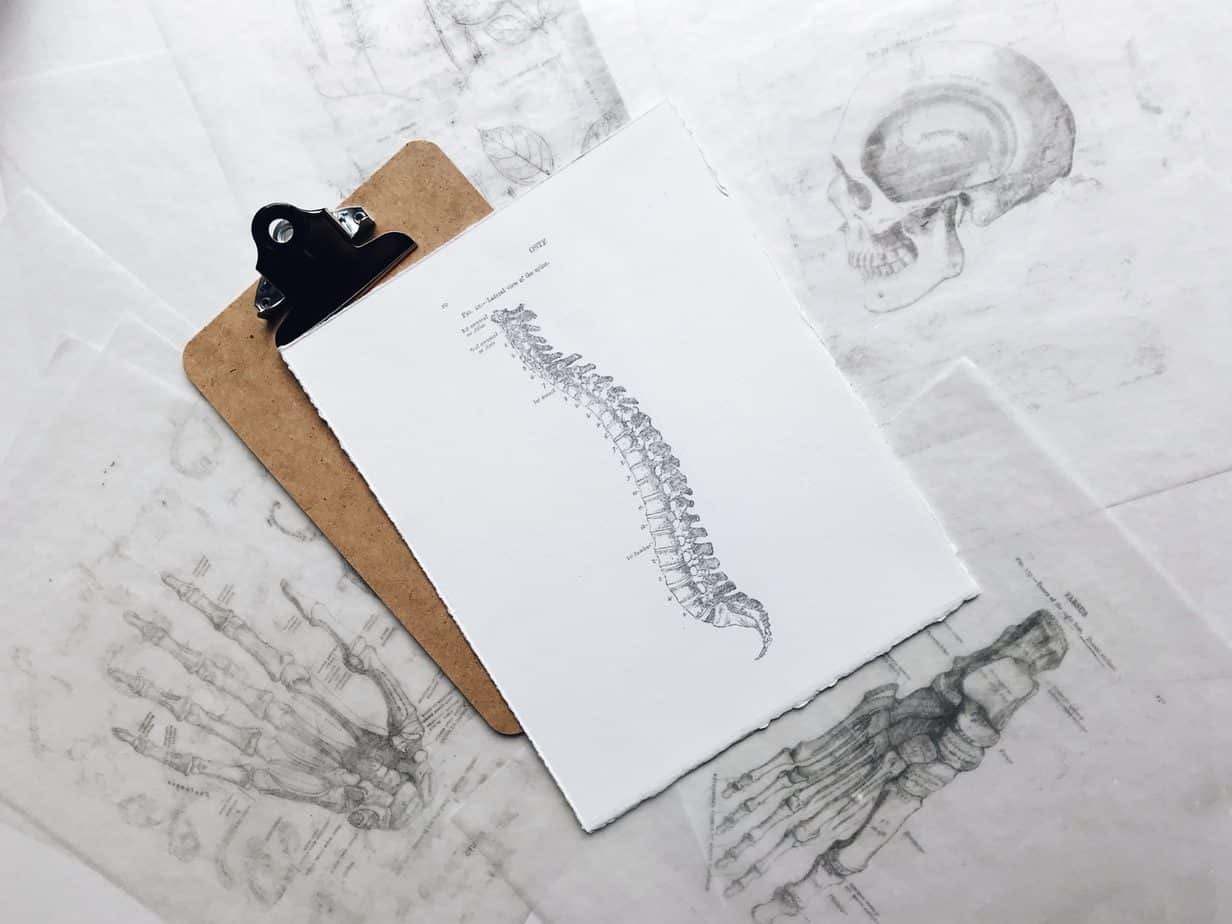Return to Running Post-Partum

Urinary incontinence, musculoskeletal pain, prolapse, and separation of abdominals are some conditions prevalent in the postpartum period that challenge the return to running.
In running forums, I often encounter women discussing this topic. I have read opinions and advice amongst runners often recommending to push through training and races “like they did”, even in late pregnancy or soon after delivery.
After child birth, the pelvic floor is weak and it may have sustained an injury. In the case of a C-section, there is a uterine scar as well as reduction in the tensile strength of the abdominal fascia.
As an avid runner, combined with my experience as a pelvic physical therapist, I advise you never to “push through”, as you may sustain more injury.
Till recently, there were no official guidelines regarding post-partum return to running. Physical Therapists from the UK have compiled the first guidelines based on available evidence on this topic.
The Track To Running
Running is a high impact activity that involves sudden rises in intra-abdominal pressure as well as ground reactions forces that are conveyed through the lower extremities. In order to counteract these forces, maintain continence and support the pelvic organs, the pelvic floor muscles need to be strong, fast and well coordinated with the abdominal core. This highlights the importance of an integrated rehabilitation plan of the pelvic floor and core muscles that is appropriate for this higher demanding task.
Based on available evidence, the authors of this guideline recommend a return to low impact activity in the first 3 months, followed by a progressive return to running between 3 and 6 months postpartum, at the earliest. They also recommend that new mothers go through an assessment with pelvic floor physical therapists.
Our approach with new mom runners:
- Evaluation of pelvic floor muscles, both with traditional manual muscle testing as well as visual rehabilitative 2D ultrasound
- Address any problems that challenge the efficiency of pelvic floor muscles for a high impact activity: normalize tone, treat perineal scars that cause myofascial restrictions, resolve pelvic asymmetries, ensure good quality pelvic floor contractions (range of motion, coordination with breathing, synergy with core and posture).
- Provide exercises to train the core, postural and pelvic floor muscles in synergy, which are appropriate for a high impact activity, including training on unstable surfaces and plyometrics.
How is Ultrasound Used to Improve Muscle Contraction?
Ultrasound- guided visual biofeedback provides an invaluable tool to train the effective contraction both of pelvic and core muscles. Visualization of muscle contractions enhances the proprioceptive training of the muscles with real time feedback on the screen. Many women are able to correctly isolate pelvic floor muscles or transverse abdominis within one session using the visual ultrasound. Women leave the treatment having the confidence to engage these muscles appropriately for everyday life (picking up and carrying their child, pushing the stroller, or simply holding their bladder to get to the bathroom on time.)
Written by: Irene Hernandez, PT
Edited by: Nazneen Vasi, DPT
References:
Returning to running postnatal – guideline for medical, health and fitness professionals managing this populationhttps://www.researchgate.net/publication/331608702_Returning_to_running_postnatal__guideline_for_medical_health_and_fitness_professionals_managing_this_population







